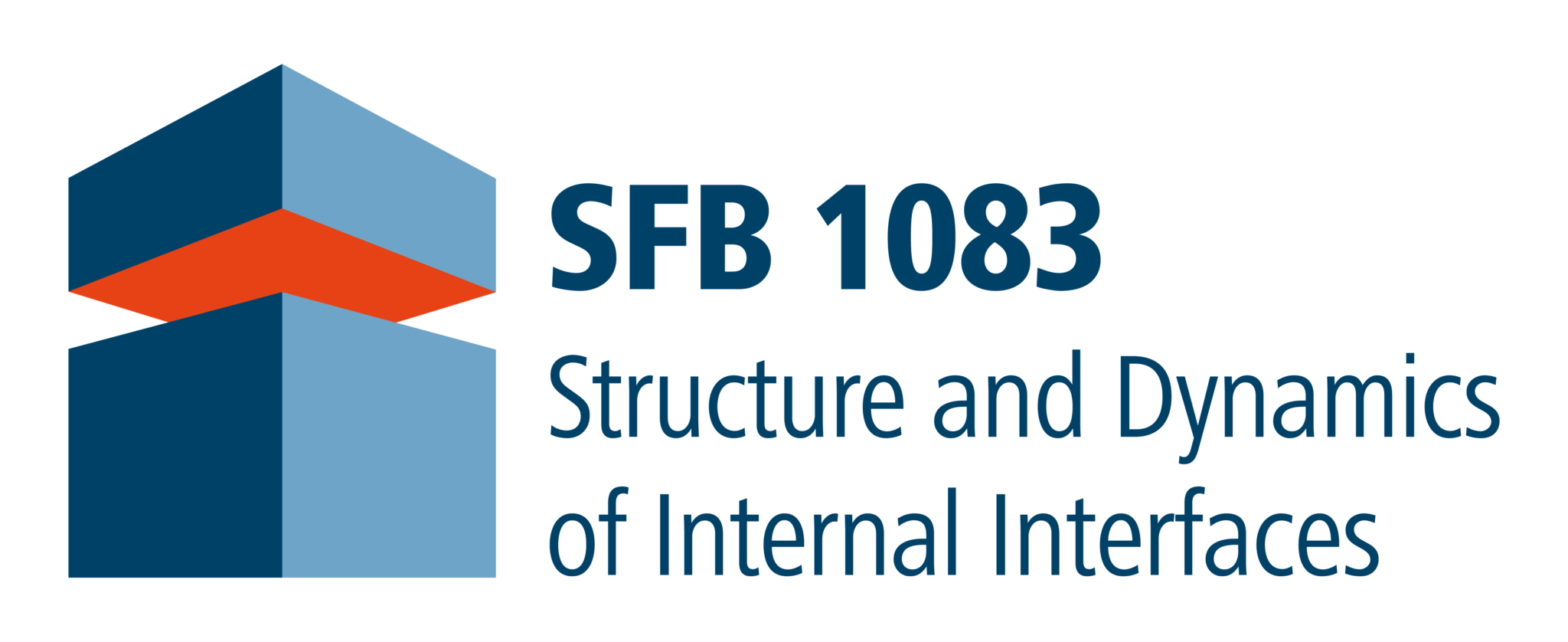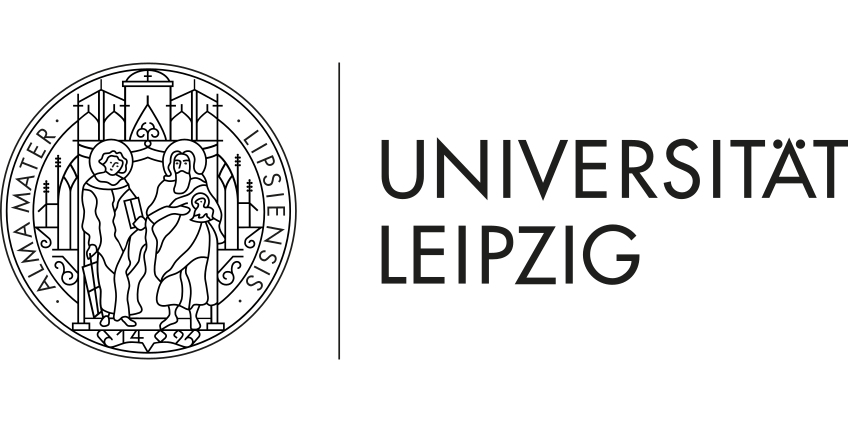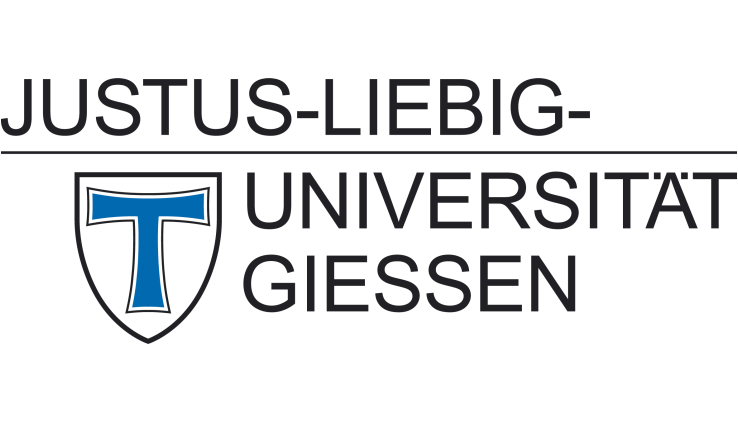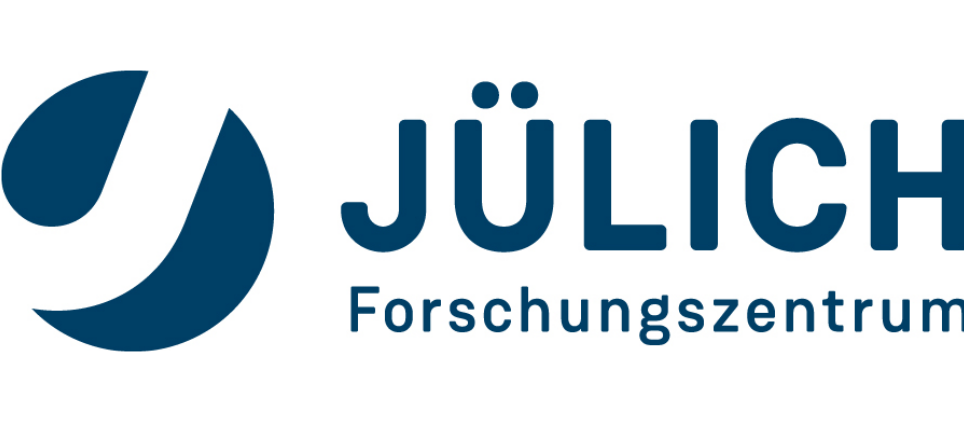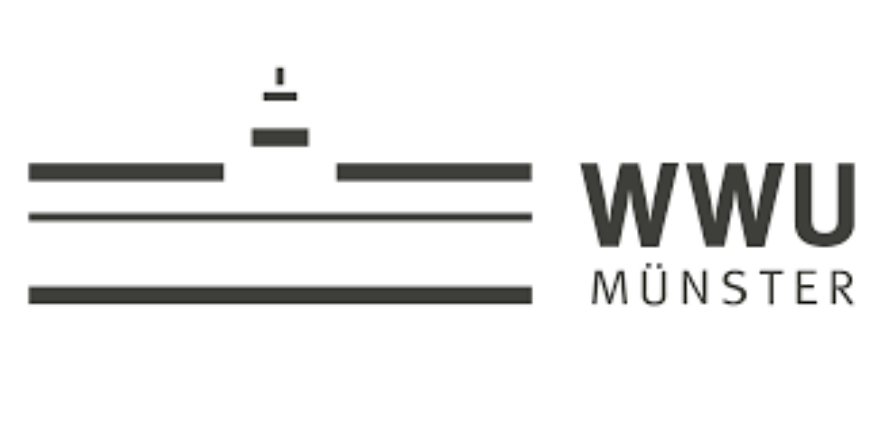Prof. Dr. F.S. Tautz won a price at „Falling Walls – The World Science Summit“
At „Falling Walls – The World Science Summit“ during the Berlin Science Week, Prof. Dr. F.S. Tautz, PI of SFB project A12 (Tautz/Bocquet/Kumpf), was declared the winner in the category „Engineering and Technology“ with his contribution „Breakting the Wall of Building with Molecules“.

„Falling Walls“ is an event that brings together some of the best researchers of the world, discussing and celebrating the latest breakthroughs in science and society since over 10 years. The breakthroughs represent significant advances, groundbreaking developments and innovative ideas stretching over ten different categories.

Falling Walls 2020 during the Berlin Science Week. Copyright by Falling Walls Foundation.
Prof. Tautz (SFB project A12) submitted his 5-min long nomination film (link see below) in the category “Engineering and Technology” titled “Breaking the Wall of Building with Molecules”. In this video, Prof. Tautz gives a short insight into his research. Although manipulating atoms on surfaces is already performed for several years, researchers are struggling with moving and arranging molecules. He explains how an artificial intelligence was trained by reinforcement learning in reality and in model systems at the same time. Consequently, the agent got highly adaptive and become able to successfully manipulate molecules.
With this technique, targeted fabrication of molecular machines can be achieved giving rise to new promising technologies with high-level functionalities. Winning this price is not only a great honor for Prof. Tautz, but also represents the high importance and appreciation of the SFB’s research.
For further details, see the nomination film.
Contact
Prof. Dr. Stefan Tautz
FZ Jülich, SFB project A12
PGI, Experimental Physics
Tel.: +49 (0)2461 61-4561
EMAIL
